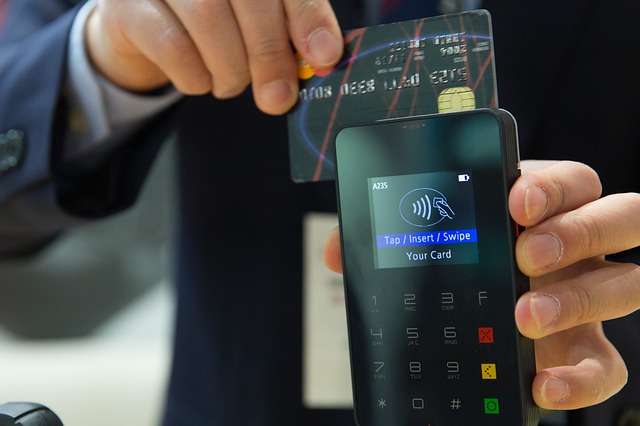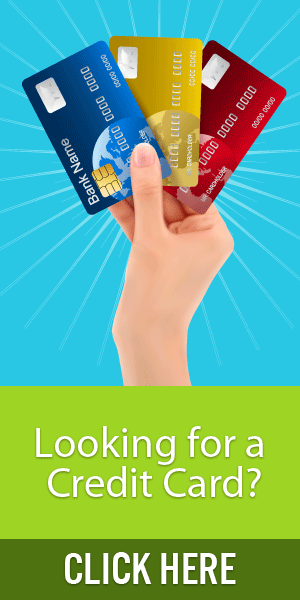Financial institution card fraud can seem rampant, with practically day-to-day tales on clients’ identification being stolen or hacked.
Credit score rating and debit card fraud totaled $4.5 billion in 2016, though new laptop computer chips on enjoying playing cards are anticipated to help drop that to $1 billion in 2020, in response to a report by iovation, a provider of digital intelligence for fraud prevention.
With all of the discuss financial institution card information being stolen, you could possibly overlook about one different plastic card in your pockets or purse that’s way more engaging for thieves — a debit card.
A debit card is doubtless one of many worst strategies to utilize your money if you would like your ID protected for two most essential causes.
First, it’s linked on to your checking account, so anyone collectively together with your card information can instantly withdraw all of the money out of your account. Second, debit enjoying playing cards don’t have near the amount of protections that financial institution playing cards do for purchasers.
Debit card hassles
A debit card is a good answer to avoid certainly one of many excessive problems that will embody using a financial institution card — paying curiosity on the steadiness in case you occur to don’t pay the bill in full every month. Debit enjoying playing cards pull money straight out of your checking account, whereas financial institution playing cards advance you money for a month on purchases, as a lot as a credit score rating prohibit.
A debit card means that you may solely spend what you should have. A financial institution card can will allow you to sink into debt.
Whereas a debit card could also be seen as safer than carrying cash, it might be additional dear if a thief steals it or your non-public information to utilize your debit card to empty your checking account.
In case your financial institution card is misplaced or stolen, or the information on it is stolen, it’s possible you’ll’t lose higher than $50 in unauthorized transactions. The equivalent is true for an ATM or debit card in case you occur to report it inside two enterprise days, in response to the Federal Commerce Charge. You gained’t be liable for any unauthorized withdrawals in case you occur to report the cardboard missing sooner than someone makes use of it with out your permission. That’s the good news.
Nevertheless it may truly get rather a lot worse with a debit or ATM card, the FTC says, if unauthorized use happens sooner than you report it.
In case you report a debit card loss inside 60 days after your assertion is mailed to you, it’s possible you’ll lose as a lot as $500 in unauthorized transfers. In case you don’t report it inside 60 days, you menace limitless loss. It’s possible you’ll lose all of the money in that account and the unused portion of your most line of credit score rating for overdrafts. The thieves might overdraft your account in case you occur to attend higher than two months to report it.
Once you report the loss or theft of your debit card to the cardboard issuer, you’re not liable for additional unauthorized use.
Financial institution card protections
In case your financial institution card or financial institution card amount is stolen, federal regulation presents a straightforward security: You’re answerable for as a lot as $50 in authorised transactions. That comes with one needed caveat — it’s best to report it to your financial institution card issuer.
Some issuers gained’t price you the $50, and are vigilant about being searching for fraud and alerting prospects as soon as they see potential financial institution card fraud.
How your information is stolen
Together with data hacks resembling at Uber and elsewhere that should have clients anxious about their non-public information being utilized by thieves, criminals can cowl skimmer devices inside gasoline station pumps to steal credit score rating and debit card information.
When using a debit card, which can even be used at an ATM to withdraw cash out of your checking account, use bank-affiliated ATMs. They’ve the subsequent stage of security than neutral ATMS at gasoline stations or totally different corporations. You may wish to cowl the keypad when entering into your information.
Shred your monetary establishment and financial institution card statements so that thieves can’t pull your data out of your trash can, and look at your accounts and statements day-to-day to make sure all of the transactions are dependable.
Additional strategies to protect your self
In case you possibly can prohibit your self to solely spending as rather a lot as it’s possible you’ll afford, then solely use a financial institution card and put your debit card away. Solely use your debit card for cash withdrawals, since a debit card presents rather a lot a lot much less financial protections than a financial institution card if stolen.
Don’t open emails that come from someone or an internet site you don’t know or already do enterprise with. Phishing emails usually use a phony website to lure victims to give up their card or checking account numbers, so in no way give such information to anyone who asks for it that you just simply don’t perception.
Be a part of fraud alerts out of your monetary establishment and financial institution card agency. In case you suppose you’ve been the sufferer of identification theft, institute a credit score rating freeze to forestall anyone from opening a model new account in your establish.
Related posts
Subscribe
* You will receive the latest news and updates on your favorite celebrities!
Recent Posts
- How To Take away A Chapter From Your Credit score rating Report
- Strategies to Improve Your Credit score rating Score by 100 Components FAST
- The way in which to Take away Value Offs From Your Credit score rating Report
- 3 Strategies to Take away a Foreclosures From Your Credit score rating Report
- Assured Unsecured Credit score rating Taking part in playing cards for People with Harmful Credit score rating


